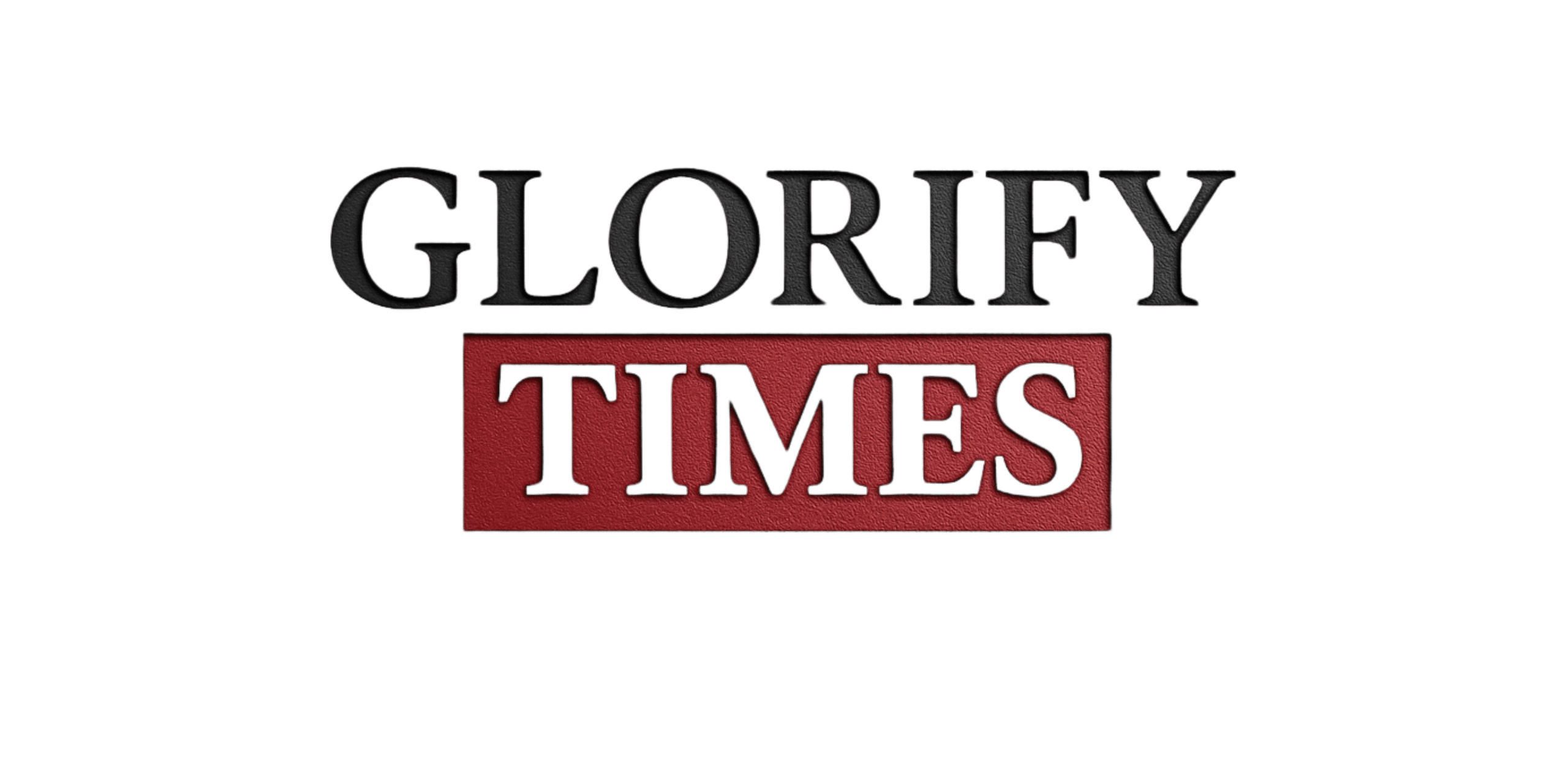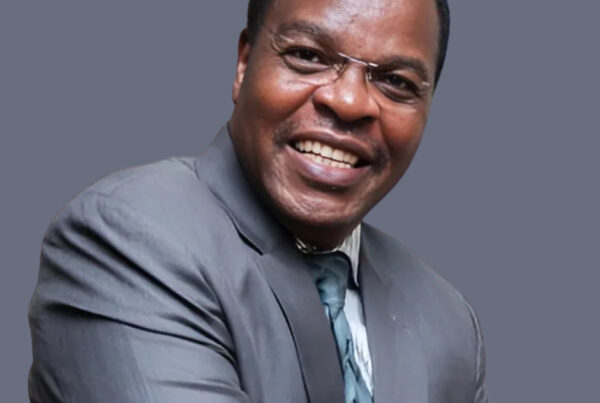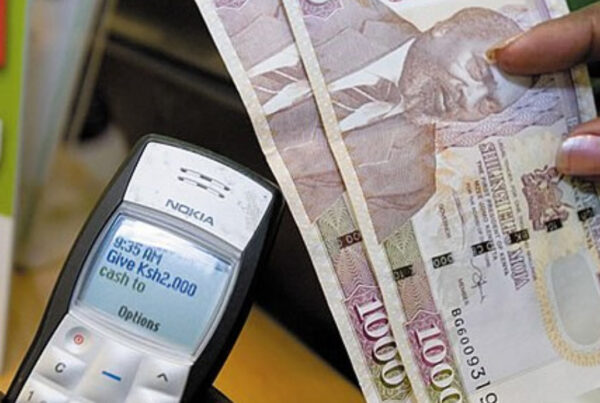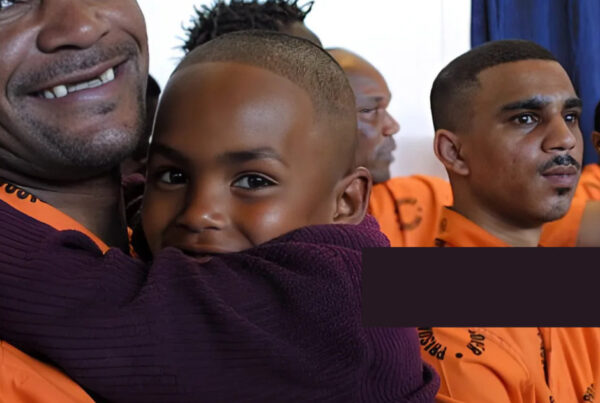Despite world-class talent exports, African football struggles with monetization. CAF’s outdated business structures — and fragile domestic markets — may be part of the problem.
Africa is arguably the most naturally gifted football continent on earth. From Sadio Mané to Victor Osimhen, Mohamed Salah to Riyad Mahrez, African players headline the world’s elite leagues — yet African football itself remains one of the poorest-performing markets commercially. At the heart of this contradiction lies the Confederation of African Football (CAF), whose outdated commercial model continues to undercut the continent’s immense footballing value.
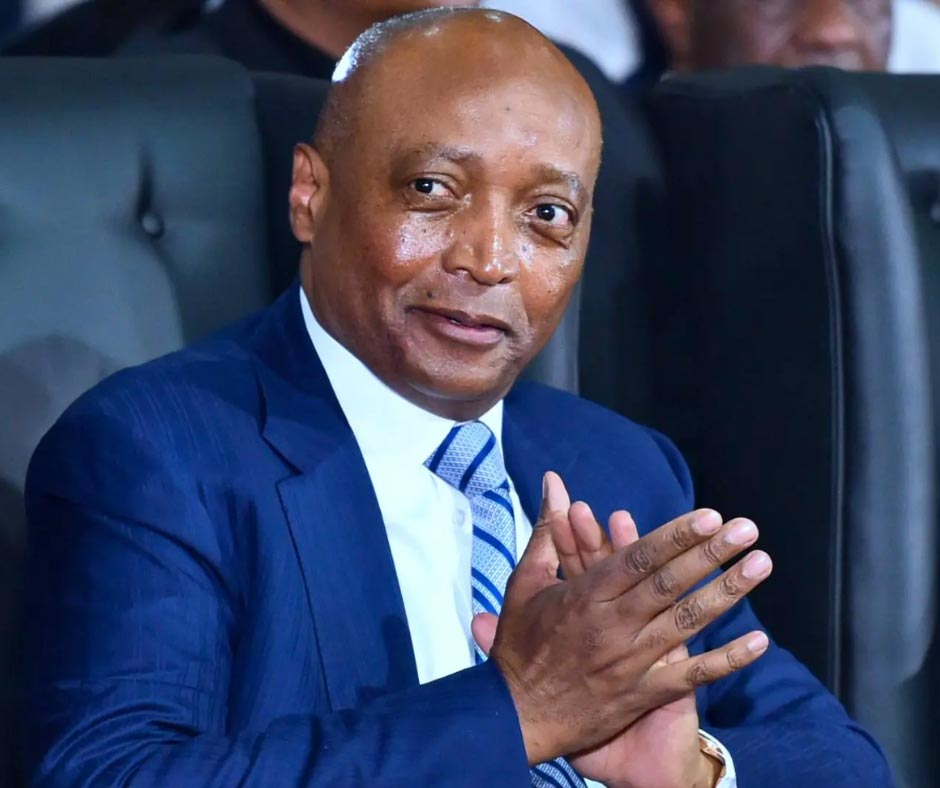
The numbers are stark. Africa supplies over 15% of players at FIFA World Cups, yet as of 2024, CAF earns less than 2% of global football revenue. Despite an audience of over 400 million passionate fans across 54 countries, CAF competitions are still under-leveraged, poorly marketed, and inconsistently broadcast, both on the continent and globally.
For over a decade, CAF’s commercial operations were tied to a single, controversial deal with Lagardère Sports, reportedly worth $1 billion over 12 years. That contract was terminated early in 2019 amid legal disputes, claims of mismanagement, and shifting leadership at CAF’s headquarters in Cairo. Since then, CAF has been without a stable, long-term media rights strategy, leaving its flagship tournaments — the Africa Cup of Nations (AFCON), CAF Champions League, and CHAN — in commercial limbo.
“You can’t commercialize what no one sees,” says Ghanaian sports lawyer Clara Appiah. “CAF’s content has low visibility, so brands are reluctant to pay premium rates. The digital era demands flexibility, but CAF’s model remains rigid and outdated.”
This problem is especially acute in the CAF Champions League, Africa’s version of the UEFA Champions League. While it remains prestigious on paper, its prize money is just $4 million for the winner, compared to over €20 million in Asia and more than €80 million in Europe. TV coverage is patchy, matches are often played in half-empty stadiums, and sponsorship packages lack international appeal.
Most domestic leagues across Africa suffer the same fate. Nigeria’s NPFL, South Africa’s PSL, and Egypt’s Premier League all struggle to generate consistent revenue from TV or sponsorship. Many rely on state subsidies, which are vulnerable to political shifts and often lack transparency. Only a handful of clubs on the continent are profitable, and very few have functioning youth academies or merchandising systems.
What’s missing?
- Reliable data infrastructure — Many leagues still lack detailed stats, player metrics, or fan engagement analytics that appeal to modern sponsors.
- Digital rights packaging — There’s no “CAF TV” equivalent or consolidated OTT service showcasing African football consistently.
- Standardized club licensing — Governance inconsistencies weaken investor confidence and limit cross-border club partnerships.
- Youth commercialization pipelines — Talented teenagers leave Africa early, with little reinvestment into their home systems.
This constant talent drain, whereby players exit the continent at 17 or 18 to Europe, benefits clubs abroad but leaves Africa with a broken development chain. European clubs earn billions from players developed in African neighbourhoods, while the academies that nurtured them remain unfunded.
In many cases, local fans follow the Premier League or La Liga more closely than their domestic teams. The product quality gap, combined with poor marketing and scheduling chaos, means African clubs rarely become emotional or commercial brands outside their home cities.
“We export brilliance, but we import poverty,” said Cameroonian sports economist Dr. Felix Mbako. “The real wealth in football is built when you own the content, the rights, and the brand. CAF owns very little of that equation.”
Still, there is cautious optimism. In 2023, CAF partnered with a new commercial agency, IMG, to rebuild its sponsorship and media strategy. Early signs suggest CAF is seeking to regain control over its rights, negotiate better distribution, and attract non-African sponsors, particularly from the Middle East and Asia. Broadcast quality and social media visibility have improved slightly, especially during major tournaments.
Another major hope is the CAF Africa Super League, a FIFA-backed competition initially slated to launch in 2023 but postponed to 2025. The format includes top clubs from across Africa competing in a high-profile, multi-million-dollar competition with centralized marketing and broadcasting. CAF president Patrice Motsepe believes it could “generate over $200 million annually” once fully operational.
But the Super League also faces scrutiny, from logistical challenges to travel costs, club readiness, and fear of widening the gap between Africa’s football elite and the grassroots game.
Unless CAF modernizes its structures — from data to governance, broadcasting to financial fair play — even flagship projects risk collapse under the weight of mismanagement.
The world wants African football. The question is: when will Africa itself begin to profit from it?

